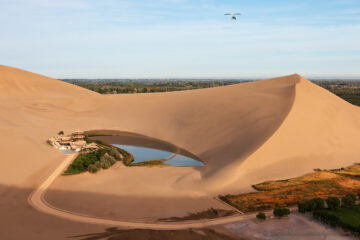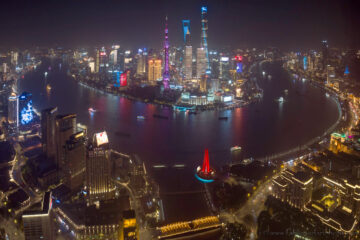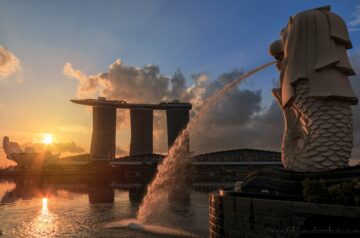Jiangsu is famous for the Grand Canal and its beautiful water towns. Don’t miss this post if you plan a trip to this province.

I recently joined a trip arranged by Ctrip and Visitjiangsu in Jiangsu province in China. This was an absolute first time for me. I’ve spent most of my time in China visiting remote areas such as Yunnan and Guizhou, and for this reason, I had never visited places with a rich cultural Han history dating back to the old dynasties. That’s why I was more than happy to explore this province.
If you are interested in the Han dynasty, don’t miss my guide to Xuzhou and Suqian in Jiangsu.
Interesting facts about Jiangsu province
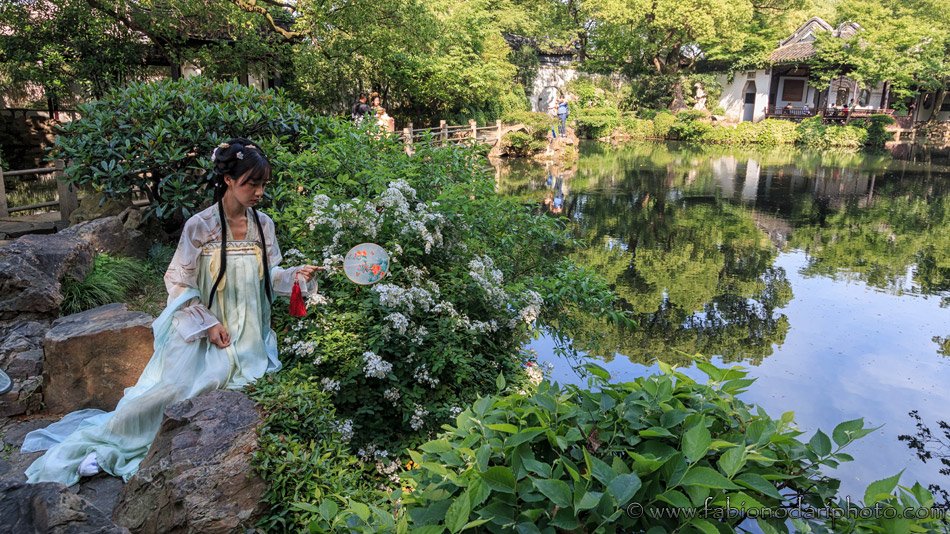
I know that not everyone is familiar with China, so these are some fast facts about Jiangsu province:
- The name Jiangsu 江苏 derives from two city names of the province, Jiangning 江宁 (Nanjing) and Suzhou 苏州.
- Jiangsu is the most densely populated and agriculturally productive region in China.
- About 74.28 million people live in this province, whose size is similar to Iceland (about 1/3 of the size of Italy).
- During the Nanjing massacre (which occurred over six weeks starting on December 13, 1937), soldiers of the Imperial Japanese Army murdered Chinese civilians and disarmed combatants who numbered an estimated 40,000 to over 300,000 and perpetrated widespread rape and looting.
- Nanjing was the southern capital of China during the Ming dynasty (1368–1644) and the capital under the Nationalist government (1928–49).
- Nanjing has been developed into an industrial centre, producing petrochemicals, motor vehicles, machinery, and construction materials.
- Jiangsu province is easily accessible since it takes less than two hours by train to get there from Shanghai. You can book here the train ticket.
Since Jiangsu has been at the centre of Chinese history for a long time, you can imagine it’s the perfect place to learn more about Chinese culture. Even though it’s quite a popular attraction, mass tourism still leaves several gems untouched. These are some of them. Get there before they become too crowded!
The top destinations off the beaten path in Jiangsu province
These are the main attractions to see if you plan to visit this nice and interesting province in China.
Dangkou town (荡口)
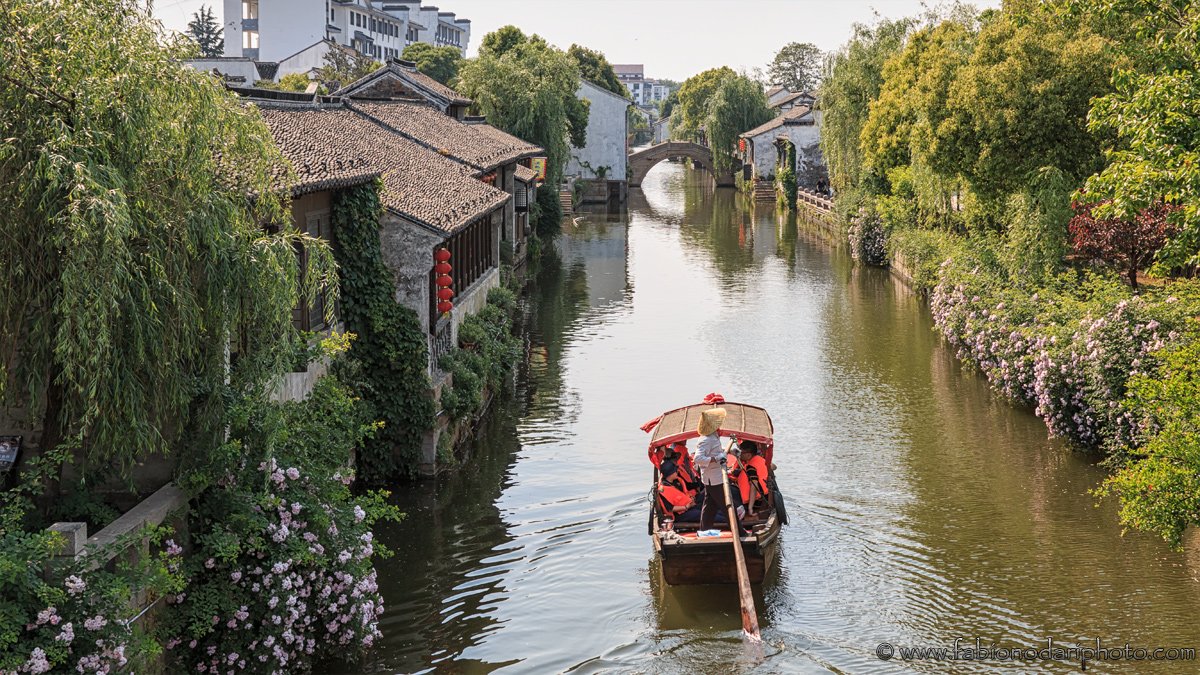
There are several water towns in Jiangsu. The most famous is Suzhou, but the advantage of Dangkou is that it is not too crowded despite being very beautiful. Located just about 20 Km from Wuxi, it’s easily accessible. The canals are wide enough to be explored by boat, and it’s the perfect place to relax since there are never too many tourists. Dangkou is not too big, so it takes about 3/4 hours to explore it all. It is a nice one-day trip to arrange if you are based in Wuxi.
The Qingming Bridge and the Grand Canal(清名桥) in Wuxi
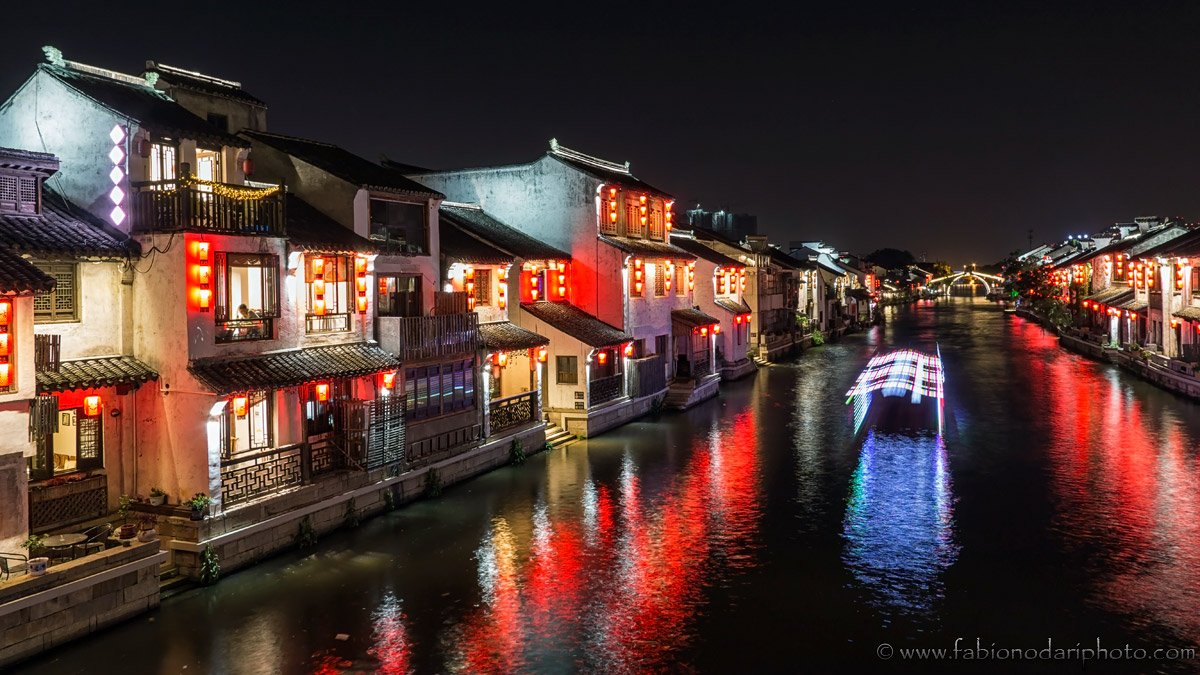
I’m afraid to admit that I’m quite ignorant about Chinese history and didn’t know anything about the Grand Canal. I guessed (from its name) that it was quite a big canal, but I didn’t realize it was the biggest man-made canal in the world! Here’s a quick summary from Wikipedia for you:
The Grand Canal, known to the Chinese as the Beijing–Hangzhou Grand Canal (Jīng-Háng Dà Yùnhé), a UNESCO World Heritage Site, is the longest as well as one of the oldest canal or artificial river in the world and a famous tourist destination.[1] Starting at Beijing, it passes through Tianjin and the provinces of Hebei, Shandong, Jiangsu and Zhejiang to the city of Hangzhou, linking the Yellow River and Yangtze River. The oldest parts of the canal date back to the 5th century BC, but the various sections were first connected during the Sui dynasty (581–618 AD). The Yuan and Ming dynasties significantly rebuilt the canal and altered its route to supply their capital Beijing.
Wikipedia
The total length of the Grand Canal is 1,776 km (1,104 mi).
Wikipedia
The Grand Canal passes through Wuxi, and it’s especially beautiful to photograph after sunset during the blue hour.
Lake Tai (太湖)
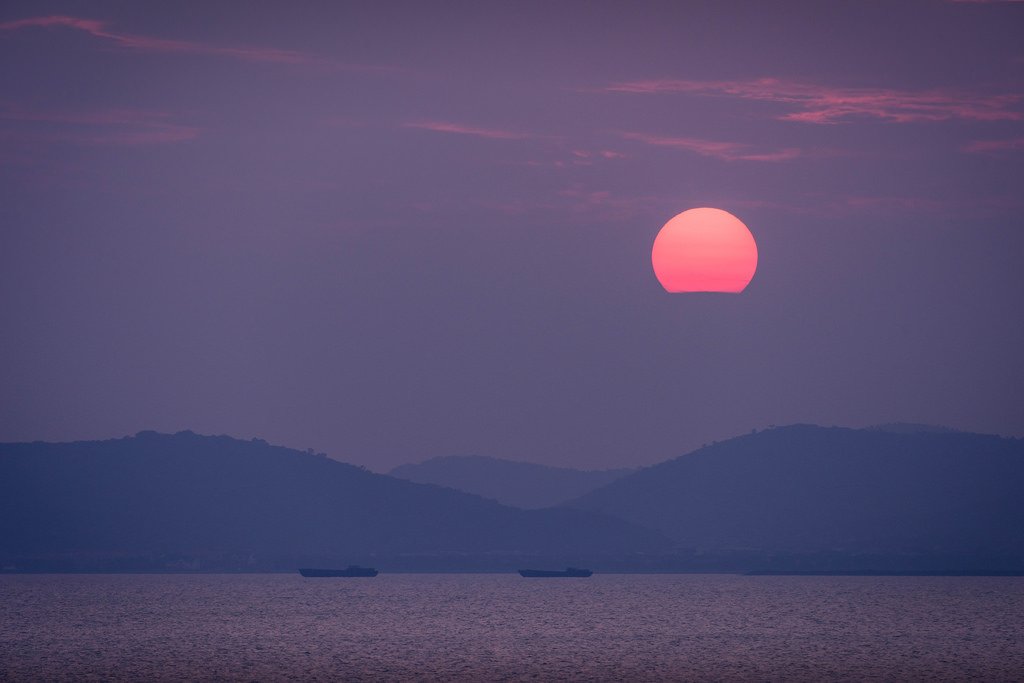
Lake Tai or Lake Taihu (Chinese: 太湖) is a freshwater lake in Wuxi. With an area of 2,250 square kilometres and an average depth of 2 meters, it is the third-largest freshwater lake in China, after Poyang and Dongting. You can walk and relax around this lake and even enjoy the opera onboard one of the boats on the lake.
Huishan ancient town (惠山古镇)
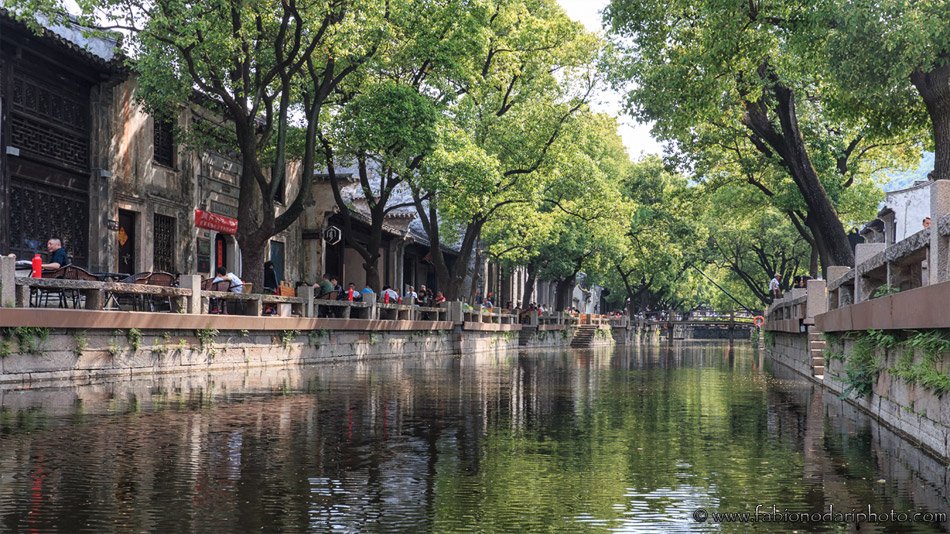
The Huishan ancient town is another hidden gem in Jiangsu. It’s a fairly small old town, but it’s worth a visit. You’ll see local people relaxing along the small canal, playing cards, or just chatting. It’s not very big (the reserve area of Huishan Ancient Town is about 1.03 square kilometres, stretching 1.7 kilometres from east to west), but it’s perfect if you are tired and you want to rest a bit.
Clay figurines museum in Wuxi (泥人博物馆)
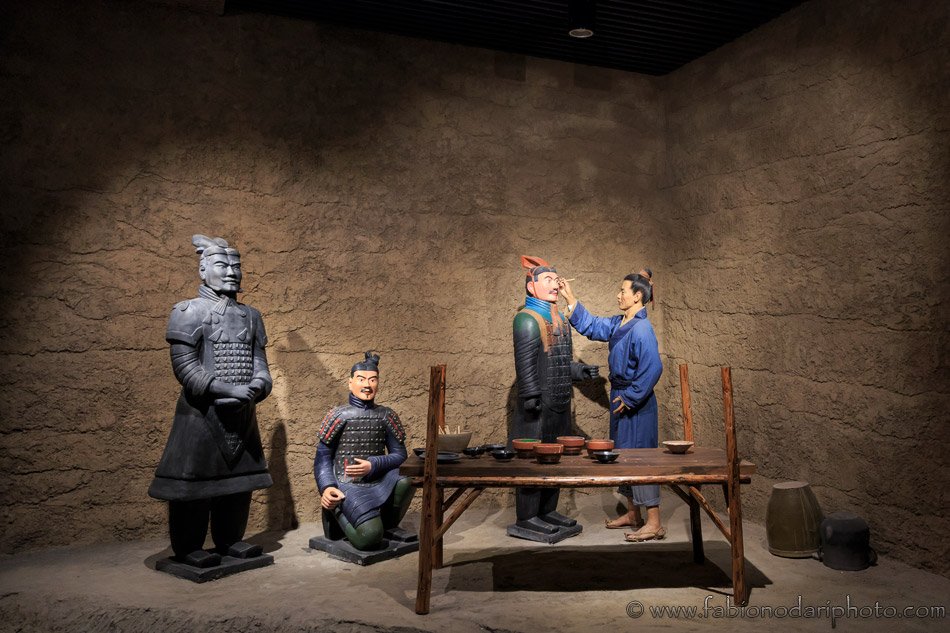
If you are interested in Chinese culture, this museum is worth visiting. You’ll see how ancient and modern artists used clay to create unique Chinese art pieces. Clay figurines are common in Chinese culture, and I was very happy to see a museum dedicated to this interesting art form.
Nanjing (南京)
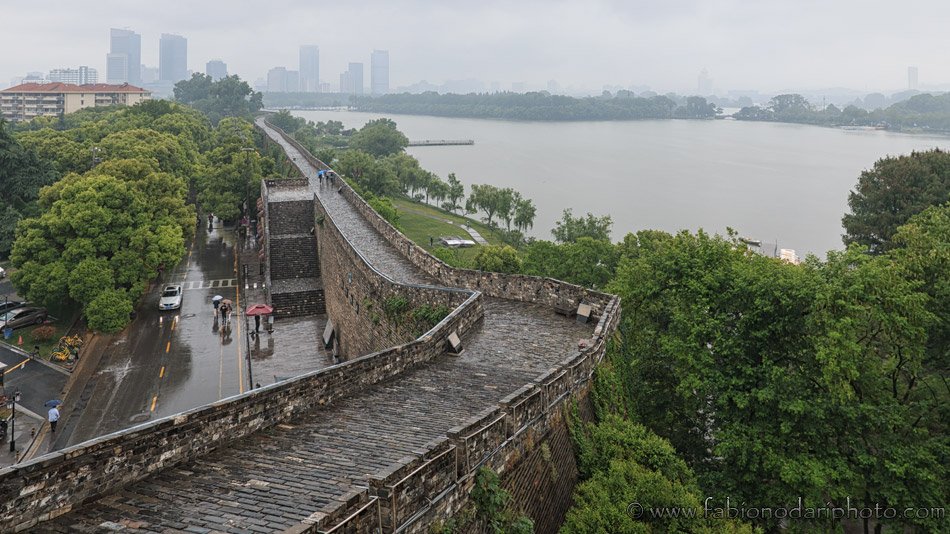
Nanjing is not the typical modern Chinese city. It was the capital of China for several centuries and as you can expect there are a lot of historical attractions. There are many things to see and do, and here you can find my complete guide.
For a quick reference, some of the main attractions include:
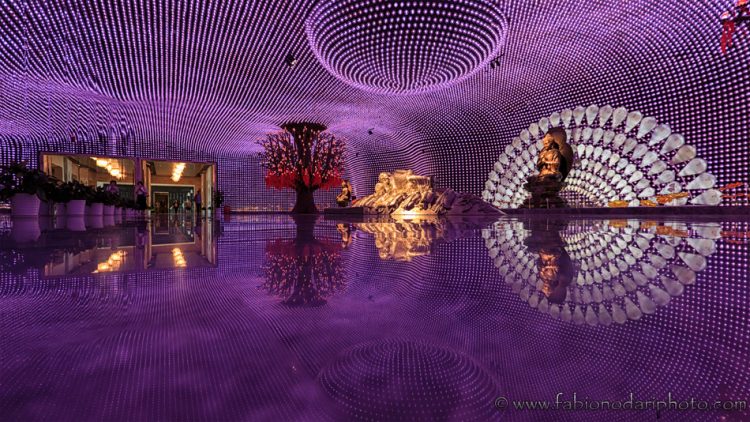
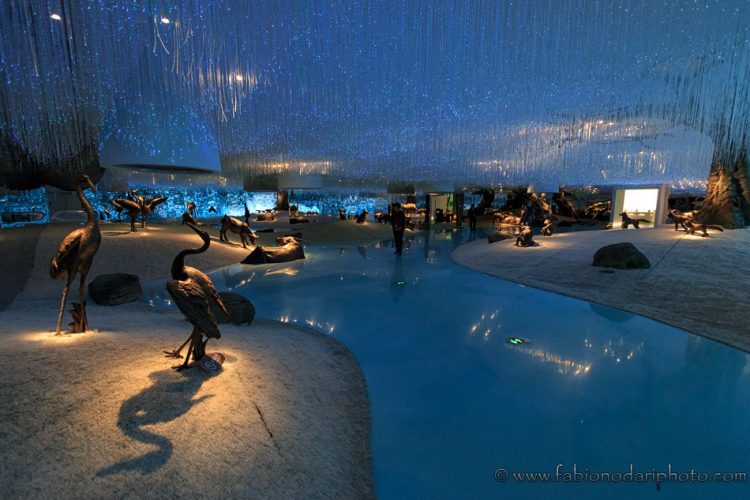
- The city walls (I didn’t know that Nanjing’s walls are the longest in the world: about 33 Km originally and about 21 Km still standing today).
- Nanjing’s Eye (a bridge with interesting architecture) and Nanjing’s twin towers. It’s worth a visit only if you like modern architecture.
- The Nanjing Grand Theater. One word: impressive! It’s the biggest opera house in Asia and one of the biggest in the world. The total size is 209,000 square meters, and the floor is covered with Dali marble.
- Lao Men Dong (老门东) is the old district of Nanjing. People from this district are proud to be born there. It’s not a big area but is a nice place to relax. If you get there, look for the library. The interiors are stunning. It’s about 400 years old.
- Grand Baoen Temple. The museum in this park is one of the most eye-catching I have ever seen. The museum has different sections, some about ancient China and some modern. The result is impressive.
Qin Hu Wetland National Park (溱湖国家湿地公园) in Taizhou
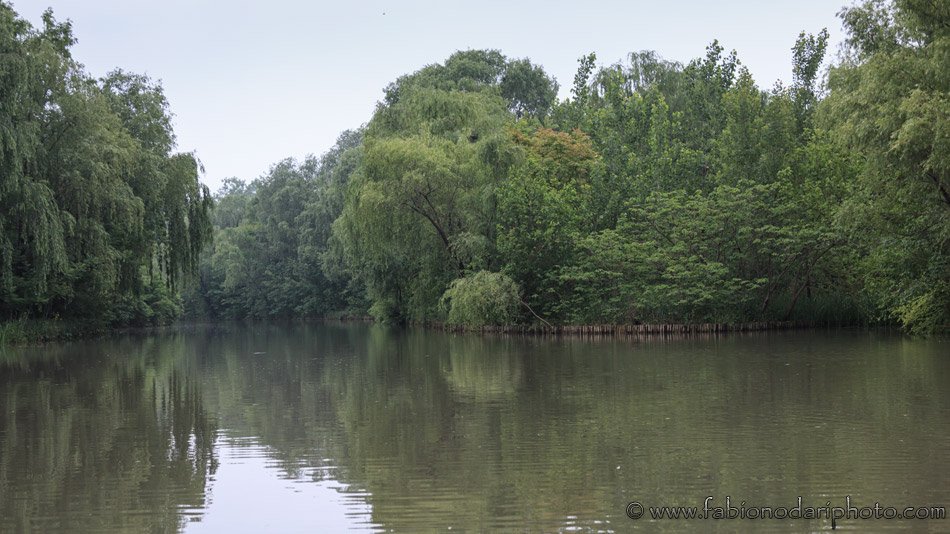
I like spending time in nature, and as you can imagine, provinces developed like Jiangsu don’t have a lot of wild places. Qin Hu Wetland is a nice exception. The area is fairly big, and you must take the small ferry to get to the wetland. There are about 100 species of animals in the park, most of whom are birds, but you can also find the Père David’s deer, also known as Milu. I talked about this species of deer in another article.
Daohe ancient street area (稻河古街区)
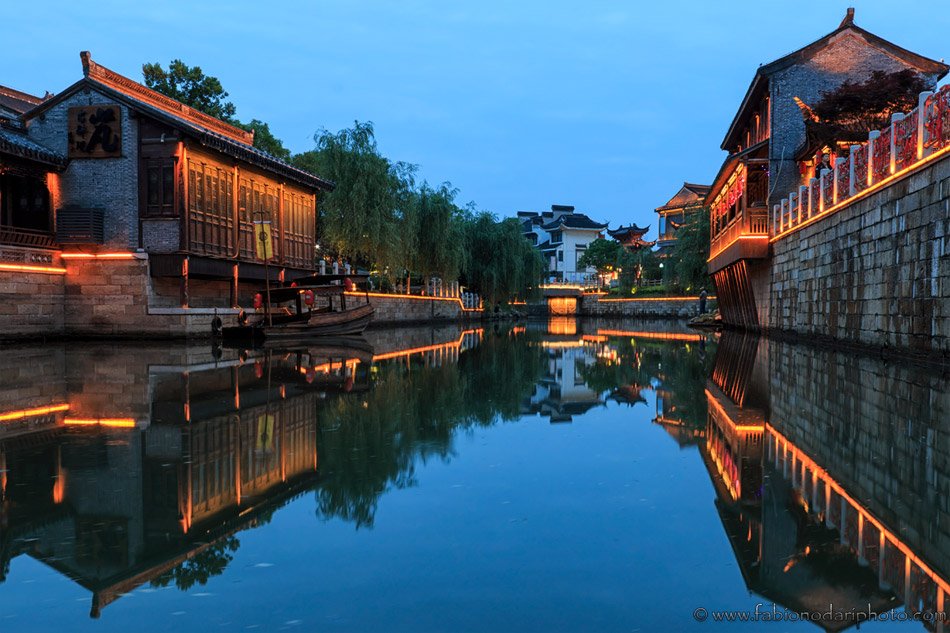
Taizhou is one of those cities nobody has ever heard of, yet it counts about 5 million people, and there are several interesting attractions. One of them is the Daohe ancient street area. Like for the Grand Canal in Wuxi, the perfect time to get lost in this nice area is late afternoon, just in time to enjoy the sunset and the blue hour. Sadly, few people know about Daohe, and you’ll probably be the only tourist there. Yet It was a very nice surprise during my trip.
A night cruise on the Phoenix River, aka Fengcheng (凤城河)
Supposedly shaped like a phoenix (you would be surprised to see how many rocks, rivers, mountains, and almost everything in China are shaped like Dragons, Phoenixes or Turtles), the highlight of the night cruise is when the boat stops in front of several pavilions to listen to the performances of the singers who are dressed in costumes. It was the first time for me to see something like this.
Final considerations
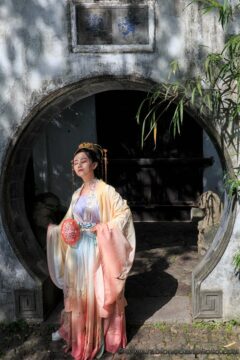
Jiangsu province is a great destination for people who visit China for the first time. Many people speak English, and the destinations are not too difficult to reach. I know that China is difficult to travel to if you don’t speak Chinese, but the advantage is that people are generally friendly and ready to help. Granted, language is often a barrier, but it’s easily overcome using hand gestures and specific apps that can help you translate.
If you need to book hotels and trains, the best option is Trip.com.
Another recommendation I often make to people travelling to China is to book a tour with a local travel agency. This way, you won’t have to worry too much about logistics and language. It’s more expensive than doing it all alone but also much easier.
These were just some of the things that Jiangsu province has to offer. Have you ever been there? What were your favourite attractions? Let me know with a comment.
If you plan a trip to China, don’t miss my complete travel guide.
